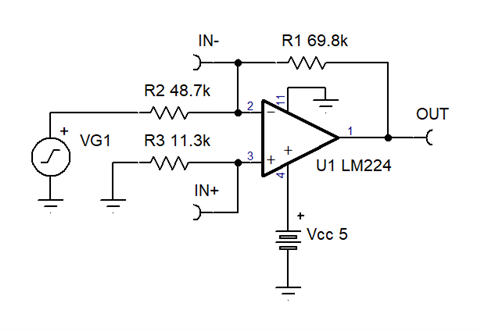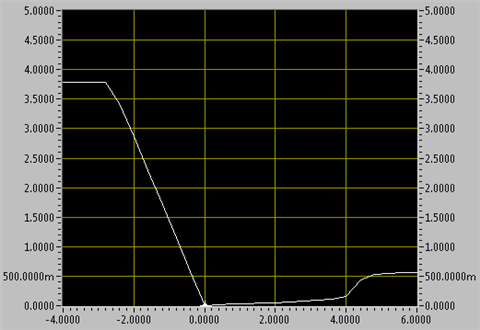I have parts marked LM224AD that have the same date code but different bottom mold marks.
date code:
82D1TPK G4 with bottom embossed mark 03C13
also
82D1TPK G4 with bottom mark in small molded box 07K02 and several others in similar format
Are both valid for the same lot code?
Also have one of Philippines origin with date code:
83ZDV44 G3 with circular bottom mold mark "PHILIPPINES 248"
are all of these legitimate date codes and marking styles?
i have a design where all the above do not work properly. One other date code seems to function as expected:
86A6P3M G4 with bottom embossed mark of 2B046





